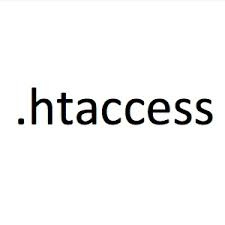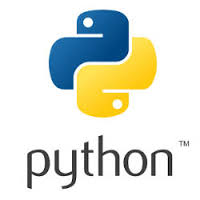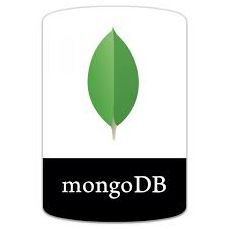nslookup (stands for name server lookup) is a network utility program used to test and troubleshoot DNS servers. As appears from its name, it gets name server information for domains by querying the DNS. […]
Category: Linux
FirewallD Rules to Configure and Manage Firewall in Linux/CentOS 7
Today we’ll show you, how to Set Up and Configure a Firewall with FirewallD on CentOS 7. FirewallD is a firewall management system available by default on CentOS 7 servers. […]
How to clean up the /tmp folder contents on Linux servers
Each Linux server has a diretcory named /tmp which is installed with individual file system. it is used to hold temporary files. /tmp directory have all the all the website session files which is hosted on serve. […]

How to Enable .htaccess in Apache Web Server
Through .htaccess, we can enable the directory level configuration for Apache web server. This will help users to override the Apache global and virtual host settings. […]

How to Enable Basic Authentication on NGINX
Nginx is one of the famous web server used for web hosting. In this tutorial, we will show you how to configure basic authentication on Nginx for your websites. […]

How To Install PIP on Linux
Pip is a tool of managing Python packages which is used to install and manage software packages develop in Python. Pip is the same tool like the bundle, npm, composer in another programming language. […]

How to change Joomla admin user password from MySQL CLI
Clients having Joomla based websites occassionaly forget their password. This is very easy to reset Joomla admin user password from MySQL CLI (command line interface). […]
Running scripts outside of the CGI-bin
What does CGI mean? CGI stands for Common Gateway Interface . This is a standard way for webhosting servers to interface executable scripts with end users. Most of the hosts does not allow to execute those scripts outside the CGI-BIN folder. […]

How to Upgrade Ubuntu 14.04 LTS to Ubuntu 16.04 LTS
Ubuntu is Linux operating system widely used for Desktop as well as Server edition. Ubuntu is providing two types of releases Standard release and Long Term Support (LTS) release. […]

How to Create and Drop Users in MongoDB
MongoDB is a non-sql database server. The default installation provides you the access of database using command line without authentication. In this tutorial I will show how to create users in Mongodb server with proper authentications. […]
